
REGIA FONTE
Don't only breathe oxygen. Drink it.
Presenting
REGIA FONTE water
A premium spring from a nature reserve;
REGIA FONTE is a natural water source (artesian water) which has its origin in the Low Tatras National Park in a village called Dolna Lehota and is actually one of the purest options for drinking water. REGIA FONTE does not require any treatment, as its composition is unique, nature herself has provided us with this valuable resource and that is what makes this product so special.
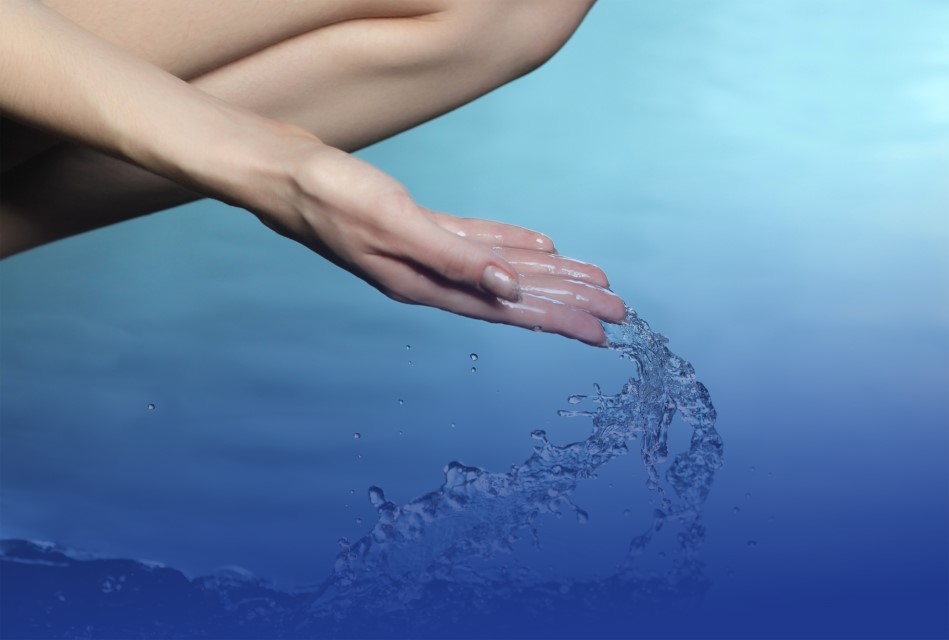
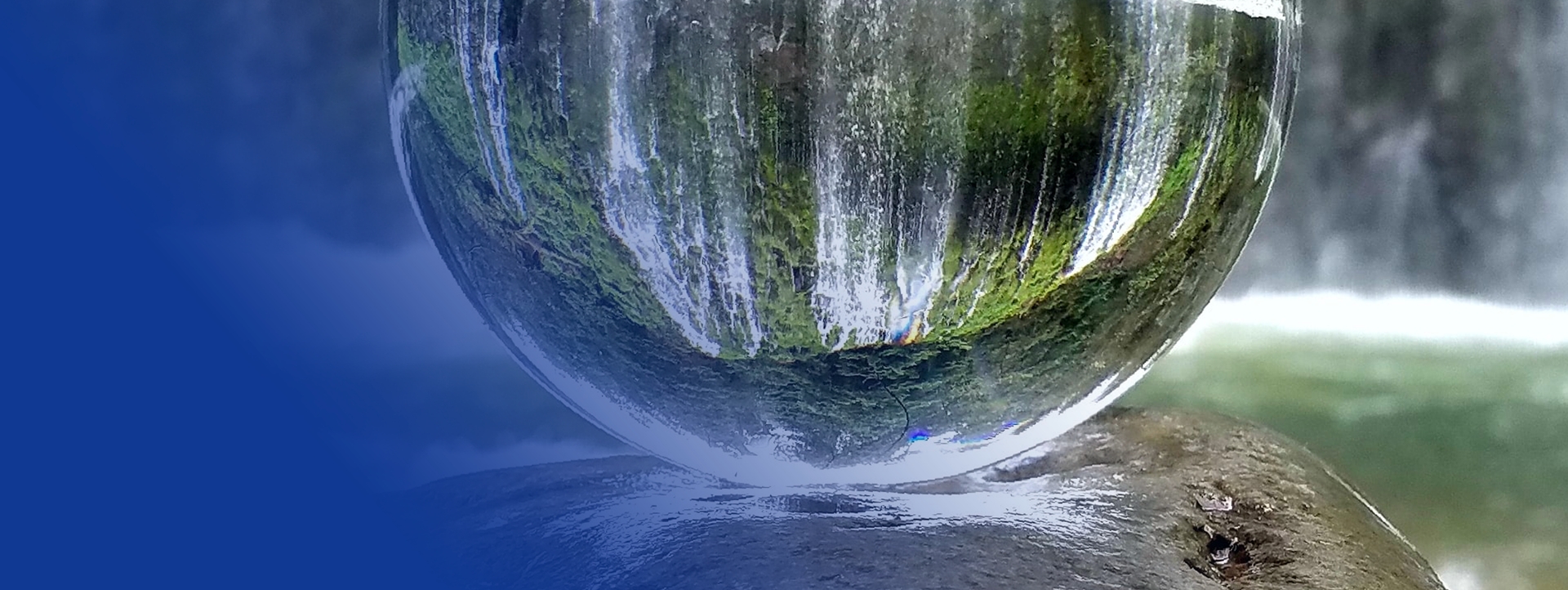

REGIA FONTE water
Oxygenous water.
REGIA FONTE is a natural water source (artesian water) which has its origin in the Low Tatras National Park in a village called Dolna Lehota and is actually one of the purest options for drinking water. REGIA FONTE does not require any treatment, as its composition is unique, nature herself has provided us with this valuable resource and that is what makes this product so special.
Water is generally treated with chemicals or UV radiation, which is not our case for REGIA FONTE meets the standards stipulated by the EU, EBWA and FDA in its natural form.

How is mineral water treated to guarantee it is safe to drink?
Mineral water is generally treated with chemicals and UV radiation.
Both of these can essentially be problematic, as chemical disinfection can leave unwanted by-products in the water and has been proven to cause health problems. Although a newer method of ultraviolet radiation will kill bacteria and prevent them from multiplying without introducing chemicals into the water, besides harmful organisms it also kills cultures that are natural and good for our health. Moreover, with the radiation method there is always the risk of creating mutagens and other hidden dangers that pose a threat to our body. But that doesn’t have to be the case.
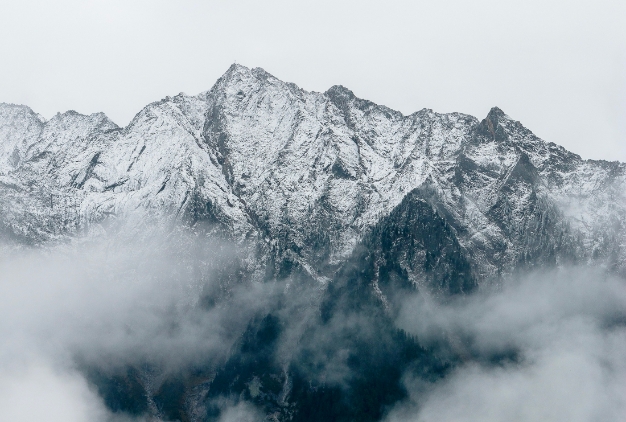
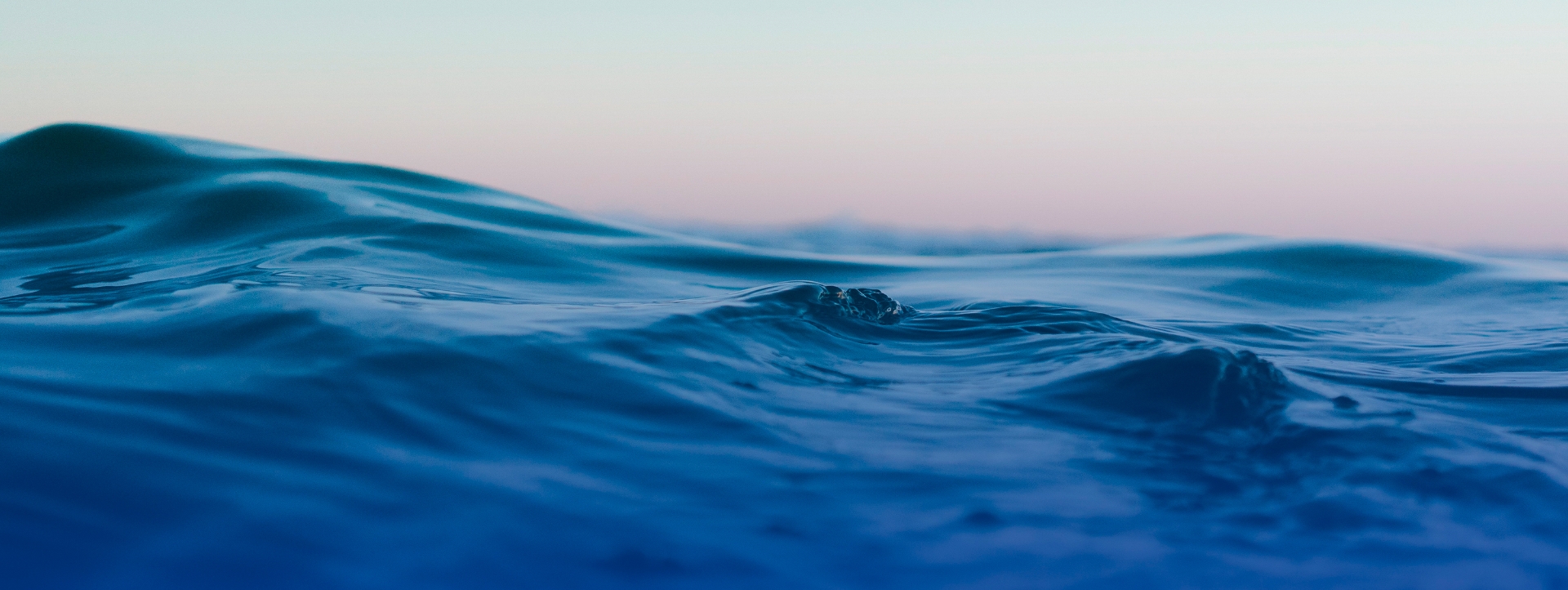
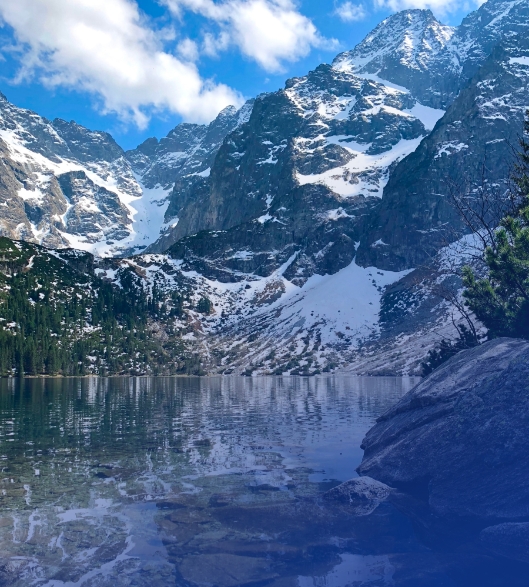
Where does REGIA FONTE water come from?
REGIA FONTE is from a perfect protected water source and the land around it. The entire inexhaustible groundwater system below the Tatras is protected under the highest NP – National Park - status.
What makes water from Slovakia unique?
Slovakia is one of the most protected landscape areas, with ten possible levels of protection granted to natural resources. Its location in the heart of Europe makes it a unique region which is abundant in its gifts, which allows us to utilize and share them.
So, in all respects our water has the perfect conditions to make it uniquely beneficial to our health and is obtained in an environmentally-friendly manner.

Why investing in water?
It is the strategic commodity of the future.
Water covers 80% of our planet, but only 1% of that is drinkable. Although having sufficient water is something we may take for granted, according to statistics from the Word Health Organisation around a billion people do not have access to drinking water and almost four billions do not have a reliable long-term water supply. Gradual inevitable development will see these numbers increase in the foreseeable future and forecasts indicate that the access to drinking water will be a problem for two thirds of the Earth’s population by as early as 2025.
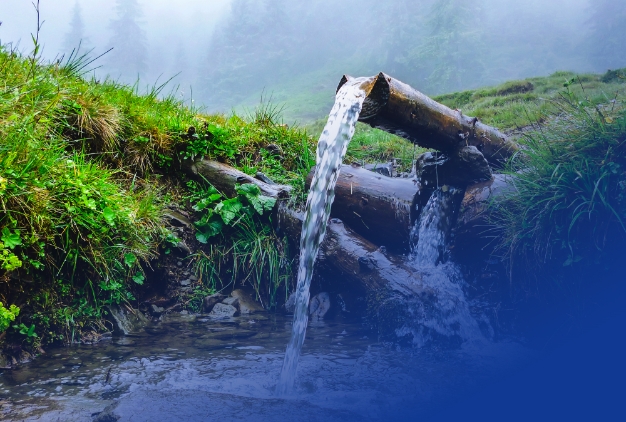

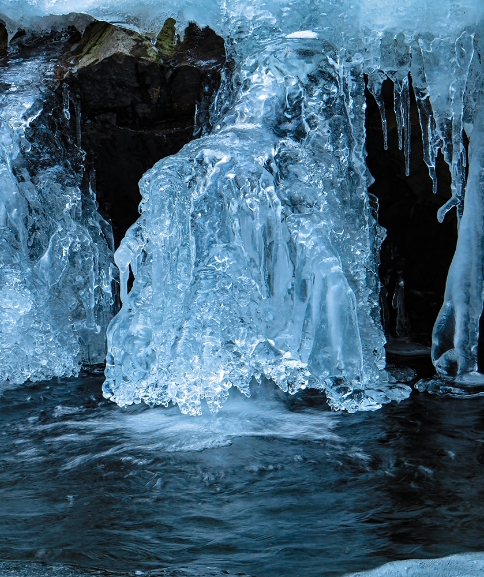
Why investing in Regia Fonte specifically?
● Pure water from the Tatras National Park
● Granted maximum protection due to the national park status
● Meets all the criteria for a water source, including EU, EBWA and FDA standards.
● Runs through three protective zones, including an inexhaustible groundwater system
● Water from the Royal Fountain – inspired by an Artesian aquifer,
402 m below the earth’s surface
● The water is forced out under pressure
● Excellent chemical and bacterial composition, low mineralization,
low sodium content, slightly alkaline pH, high natural oxygen content
● One of the purest options for drinking water
● Unique water suitable for babies with no treatment needed
● Under AQUA REGIA collection we bring to you patented water-related IPA, technical solutions and utilities

A small window into the history:
Water itself is not a tradeable commodity, but ever since fresh water was identified as a “finite and vulnerable resource” in the 1992 Dublin Statement on Water and Sustainable Development, private companies have been finding ways of making money from purifying and supplying it. For Philippe Cullet, professor of international and environmental law at SOAS University of London, it is precisely because the Dublin principles allowed water to be tuned into “an economic good” that private investors were able to come in. “Before the 1990s there was no business case for this,” he says.






